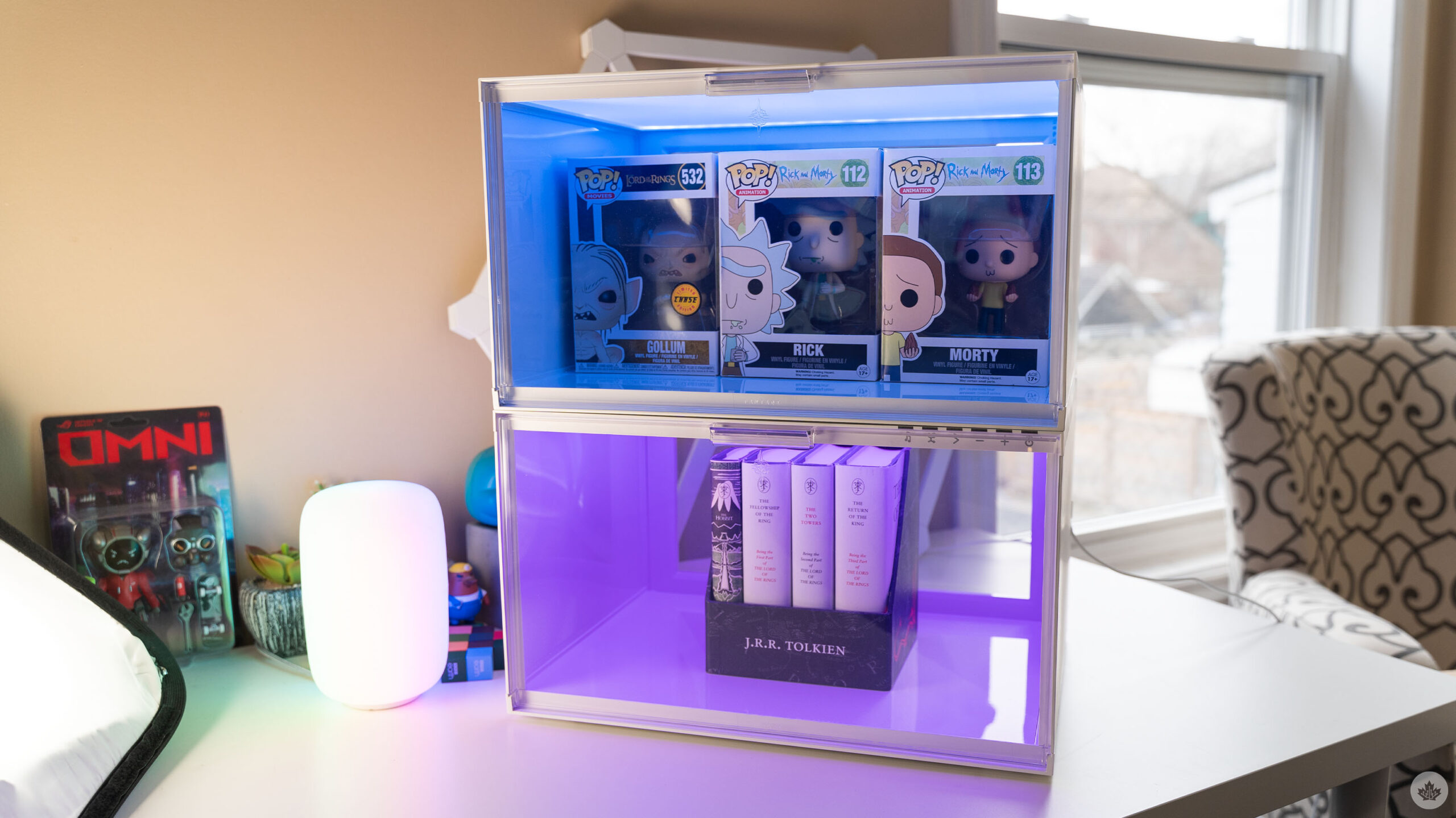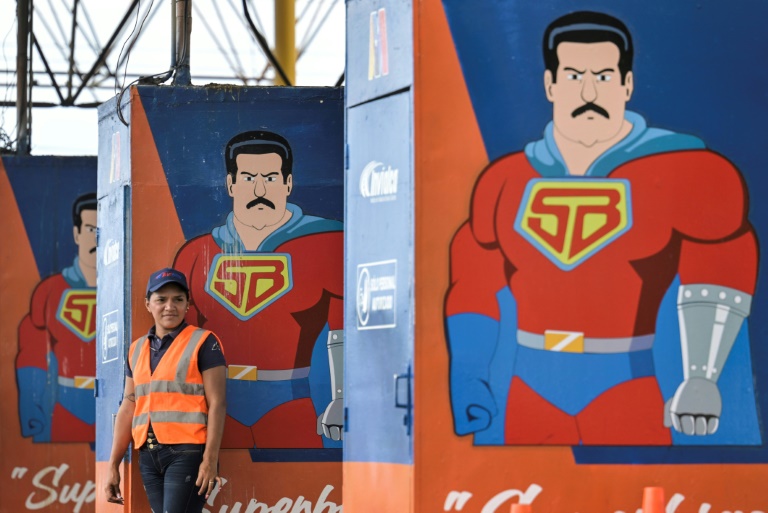
NASA is preparing for its exciting Artemis missions, where astronauts will explore the moon’s south pole using advanced spacesuits and rovers.
To support these missions, NASA recently tested three new Lunar Terrain Vehicles (LTVs) developed by Intuitive Machines, Lunar Outpost, and Venturi Astrolab.
The tests took place at NASA’s Johnson Space Center in Houston, marking an important step in preparing for future moon exploration.
The LTVs are being created to help astronauts move across the lunar surface, carry tools, and complete scientific tasks.
Each company delivered a model of their rover to NASA in September, and testing began in October.
By December, the first round of tests was completed in a special facility called the Active Response Gravity Offload System (ARGOS). This system simulates the moon’s gravity, which is only one-sixth of Earth’s, allowing NASA to test how the rovers will perform in a lunar environment.
During the tests, NASA astronauts and engineers wore spacesuits while performing various tasks on the rover mockups.
They practiced driving the rovers, storing tools, handling equipment, and even rescuing a fellow crew member in simulated emergencies. These hands-on tests provided critical feedback about the rover designs, helping the companies make improvements.
“This is an exciting milestone for the Lunar Terrain Vehicle project,” said Steve Munday, LTV project manager. “Having the rovers ready for testing just four months after awarding the contracts is an amazing achievement.”
Two types of spacesuits were used during the tests: NASA’s Exploration Extravehicular Mobility Unit prototype and Axiom Space’s new spacesuit.
Astronauts tested how easily they could move, get in and out of the rovers, and operate controls while wearing bulky gloves. ARGOS suspended astronauts to mimic the moon’s reduced gravity, allowing them to perform tasks like storing tools and deploying science equipment.
The tests also focused on safety. Engineers ran emergency drills, such as rescuing an incapacitated astronaut. Each rover must have a system to allow one astronaut to rescue another in case of an accident.
These tests are part of a year-long study to refine the rover designs.
By 2025, NASA plans to issue proposals for a demonstration mission, where the chosen rover will be sent to the moon for further testing. Eventually, the rovers will be used in Artemis V, the mission where astronauts will begin living and working on the lunar surface.
Through Artemis, NASA aims to push the boundaries of space exploration, bringing scientific discovery, technological advancements, and economic opportunities, while laying the groundwork for future missions to Mars.
Source: NASA.









Leave a Comment